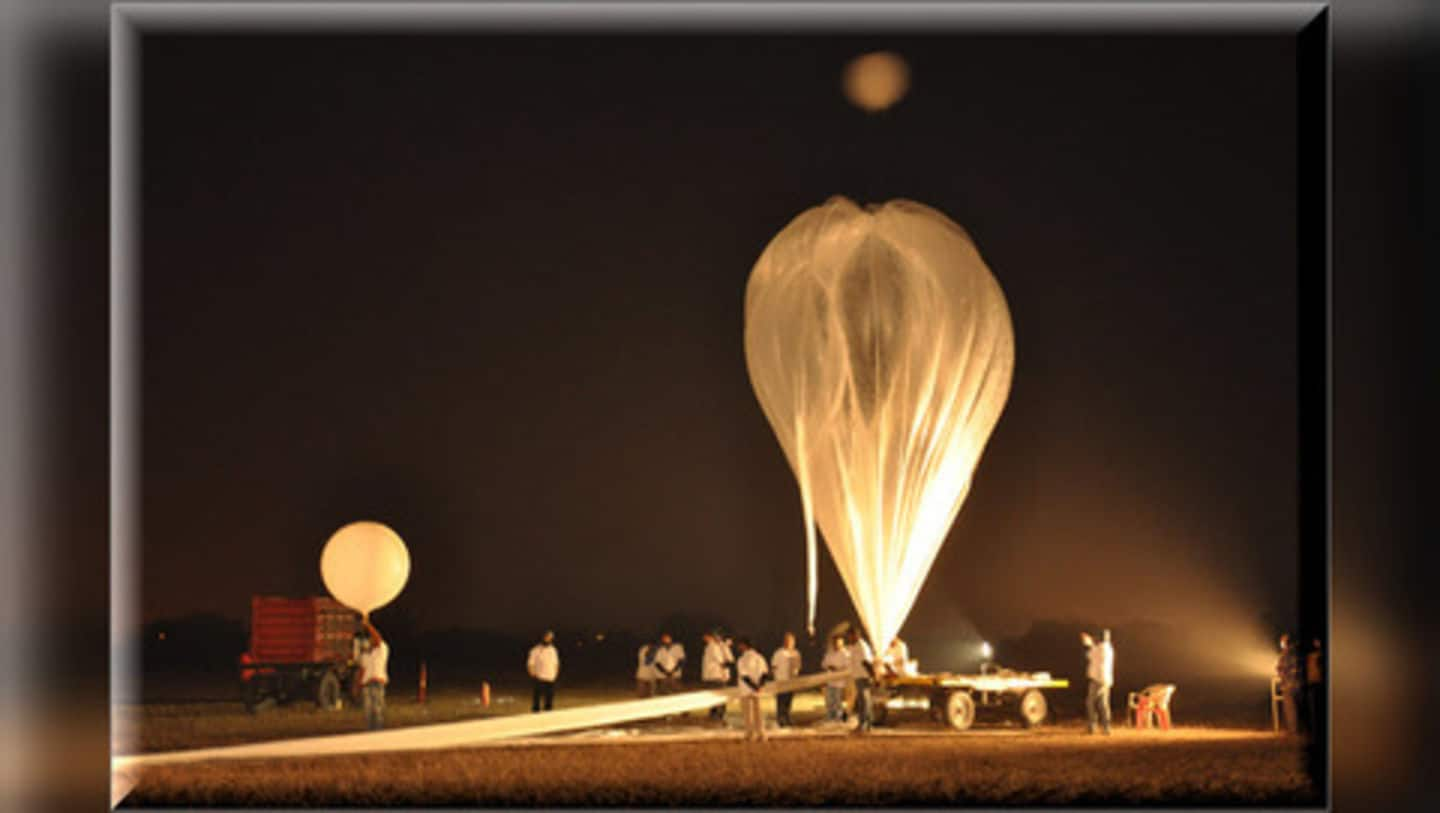
Indian Scientists to send weather balloon into the atmosphere
What's the story
In a first, the Tata Institute of Fundamental Research Balloon Facility (TIFR-BF), Hyderabad will send an indigenously designed and manufactured hybrid weather balloon into the coldest region of the atmosphere. The weather balloon will carry a record payload of 90 kg to the boundary layer of the upper-troposphere lower-stratosphere (UTLS) region over Asia, which is also called the Asian Tropopause Aerosol Layer (ATAL).
Details
The Indian weather balloon to study air pollution particle aerosols
The zero-pressure plastic balloon, to be sent to ATAL in July-August, will study a subset of air pollution called aerosols. It will measure the properties of aerosols, clouds, and also trace gases. "Aerosols can be important for atmospheric chemistry and cloud formation. They represent the highest source of uncertainties for future climate projections. That's why it's important to study them," NASA's Jean-Paul Vernier said.
Do you know?
Aerosols form due to waste-burning, wind-blown dust, volcanic eruptions
Aerosols are fine particles released from vehicle exhaust, waste-burning, wind-blown dust, and volcanic eruptions. They are present in the ATAL that stretches from the eastern Mediterranean Sea to West China during the months of June, July, and August.
Preparation
Weather balloon undergoes intensive tests to sustain in space environment
So far, studies on local atmosphere have only been conducted by using ground-based instruments that are equipped to operate at temperatures of 15-40°C. Therefore, to get these instruments ready for space environment in terms of both temperature and pressure, TIFR-BF carried out several space tests in a thermo-vacuum chamber. It created an atmosphere that is present 16-18km from the Earth's surface with temperatures as low as -80°C.
Information
Weather balloon adapted to handle atmospheric pressure, temperature
TIFR-BF created thermal insulations for the 90kgs of instruments and batteries (payload) to adapt them to the atmospheric pressure at that altitude. This payload is required to pump air into the weather balloon using small vacuum motors. The project's test flight last month was successful.
Historical
This is not the first weather balloon project
Different types of weather balloons with payloads of varying weights have been sent to study the nature of UTLS in the past. The research organizations that have conducted these tests include TIFR-BF, ISRO, NASA, and Centre National de la Recherche Scientifique (CNRS) in France.